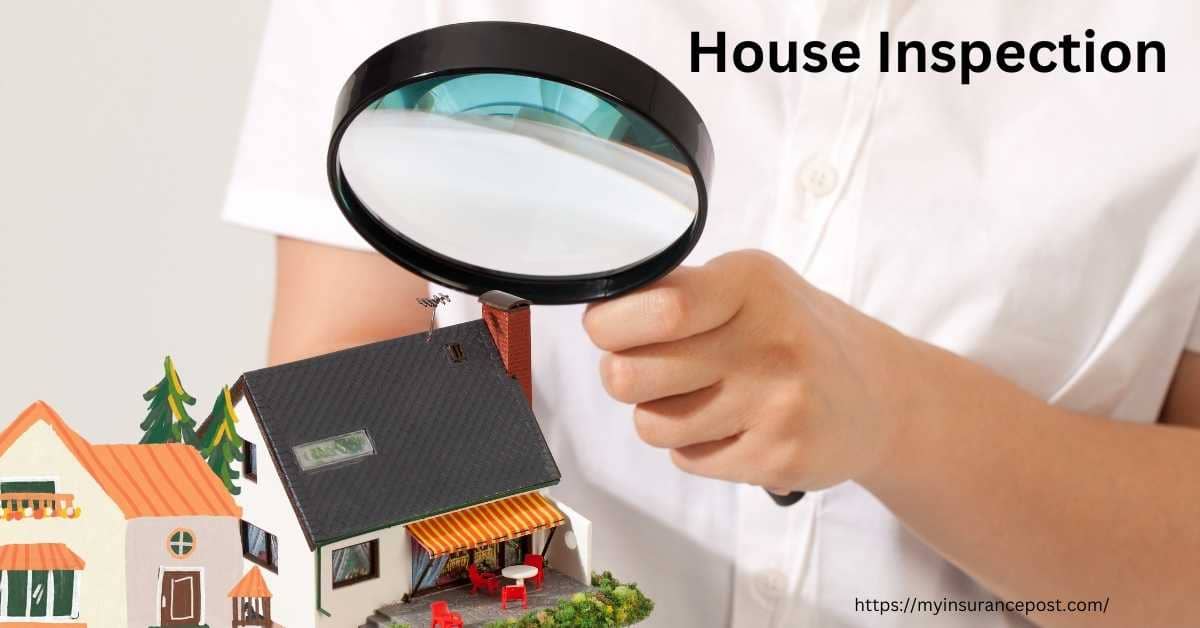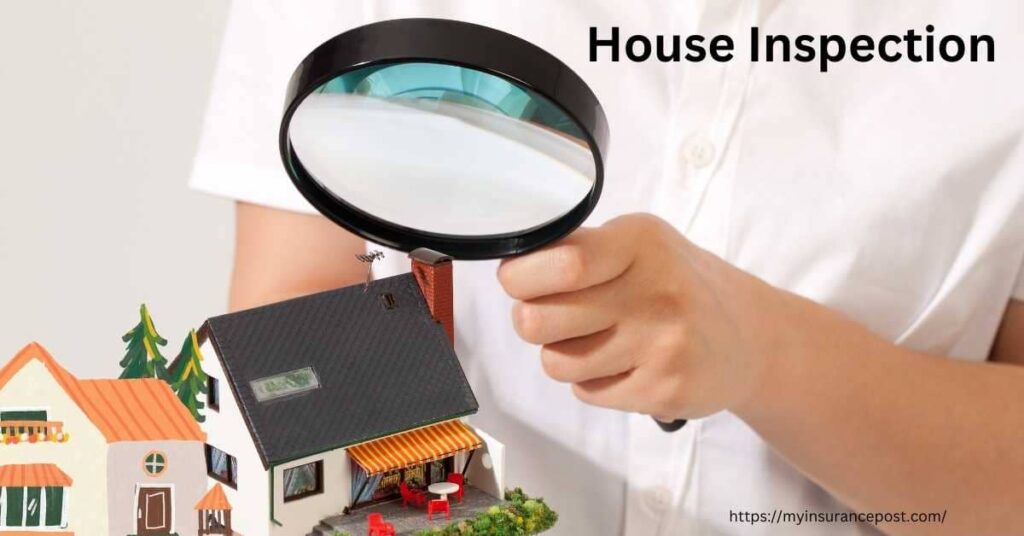Reasons for Home Inspections by Insurance Companies
Insurance companies often request home inspections to assess the risk associated with insuring a property. These inspections help the company determine the property’s condition, identify potential hazards, and estimate the replacement cost in case of a loss.
Pre-Policy Inspections
Insurance companies typically conduct home inspections before issuing a new policy. This inspection allows the insurer to evaluate the property’s structural integrity, roof condition, electrical system, plumbing, and other key features. By doing so, the company can assess the potential risks associated with the property and determine an appropriate premium rate.
Renewal Inspections
Periodic home inspections may also be required during the renewal process. These inspections help the insurance company monitor changes to the property’s condition and ensure that the policy remains adequate. They can also identify any new hazards or areas of concern that may impact the policy coverage.
Benefits of Home Inspections
Home inspections benefit both homeowners and insurance companies:
For Homeowners:
– Inspections can identify potential issues with the property that may not be immediately apparent.
– This allows homeowners to address these issues promptly, preventing future damage and costly repairs.
– Inspections can also provide peace of mind by ensuring that the property is adequately covered in case of a loss.
For Insurance Companies:
– Inspections help insurance companies assess the risk associated with a property and set appropriate premium rates.
– By identifying potential hazards, inspections can help prevent claims and reduce the company’s overall risk exposure.
– Inspections can also help insurance companies identify properties that may require additional underwriting or exclusions.
Types of Home Inspections
Insurance companies offer various home inspections to evaluate a property’s condition and determine its insurability. The type of inspection requested depends on factors like the insurance policy, property age, and location.
Standard Home Inspection
A comprehensive inspection that covers the home’s major systems and components, including the roof, exterior, foundation, plumbing, electrical, and HVAC. It assesses the overall condition and identifies any potential hazards or issues that may affect the property’s value or insurability.
Wind Mitigation Inspection
Specific to properties in areas prone to hurricanes or high winds, this inspection evaluates the home’s ability to withstand wind damage. It examines the roof, windows, doors, and other features that could impact the property’s resistance to wind forces.
Four-Point Inspection
A limited inspection focusing on four key areas: the roof, electrical system, plumbing system, and HVAC system. It provides a basic assessment of these systems to determine their functionality and identify any major concerns.
Roof Inspection
An in-depth inspection of the roof’s condition, including the shingles, flashing, gutters, and downspouts. It assesses the roof’s age, wear and tear, and any potential leaks or damage that could affect the property’s structural integrity.
Termite Inspection
Examines the property for evidence of termite infestation, including inspecting the foundation, wood structures, and other areas where termites may be present. It helps determine the extent of any infestation and the need for treatment.
Pool Inspection
Evaluates the condition of the swimming pool, including its structure, equipment, and safety features. It assesses the pool’s compliance with safety regulations and identifies any potential hazards or maintenance issues.
Inspection Process and Procedures
Home inspections typically follow a standardized process to ensure thorough and consistent assessments. The process involves several steps and procedures:
Role of the Home Inspector
The home inspector is a trained and licensed professional responsible for conducting the inspection and evaluating the property’s condition. They examine various aspects of the home, including its structure, systems, and components, to identify potential issues or defects.
Role of the Homeowner
During the inspection, the homeowner typically accompanies the inspector and provides information about the property’s history, any known issues, or areas of concern. The homeowner’s presence allows them to ask questions, observe the inspection process, and gain insights into the property’s condition.
Documentation and Reporting
After the inspection, the home inspector generates a detailed report that documents their findings and observations. The report includes descriptions of any defects or issues identified, along with recommendations for repairs or further evaluation. The report serves as an official record of the inspection and can be used by insurance companies to determine coverage and potential risks.
Common Inspection Findings
Insurance companies thoroughly inspect homes to assess their condition and identify potential risks that may affect coverage and premiums. During these inspections, they commonly uncover various issues or deficiencies that require attention.
Common inspection findings include:
Structural Concerns
- Cracks in walls, ceilings, or foundations
- Uneven floors or sagging ceilings
- Bowing or bulging walls
Electrical Hazards
- Exposed or damaged wiring
- Overloaded circuits
- Faulty electrical panels
Plumbing Problems
- Leaking pipes or fixtures
- Clogged drains
- Outdated or damaged plumbing systems
Roofing Issues
- Missing or damaged shingles
- Cracked or leaking roofs
- Sagging or deformed rooflines
HVAC Concerns
- Malfunctioning heating or cooling systems
- Clogged air filters
- Insufficient insulation
These inspection findings can significantly impact insurance coverage and premiums. Homes with numerous or severe deficiencies may be deemed high-risk, leading to higher premiums or even denied coverage. Conversely, homes that are well-maintained and have minimal inspection findings may qualify for lower premiums.
Responding to Inspection Requests
When your insurance company requests a home inspection, it’s crucial to respond promptly and cooperatively. This inspection helps the insurer assess the condition of your property, enabling them to accurately determine your coverage and premiums.
Preparing for the Inspection
Before the inspection, take steps to ensure a smooth process:
– Schedule the inspection at a convenient time for both parties.
– Inform the inspector about any specific areas or concerns you have regarding your home.
– Clear away any obstacles or clutter that may hinder the inspector’s access to certain areas.
– Gather relevant documents, such as maintenance records and previous inspection reports, for the inspector’s reference.
During the Inspection
– Be present during the inspection to provide information and answer the inspector’s questions.
– Point out any areas that require attention or that you’re concerned about.
– Take notes of the inspector’s findings and ask for clarifications if necessary.
After the Inspection
– Review the inspection report thoroughly and address any issues raised by the inspector.
– If you have any concerns or disagreements with the report, contact your insurance company promptly to discuss them.
– Keep a copy of the inspection report for your records.
Contesting Inspection Findings

If you disagree with the findings of your insurance company’s home inspection, you have several options available to you.
First, you can try to dispute the findings directly with the insurance company. You will need to provide evidence to support your position, such as photographs, receipts, or estimates from contractors.
If the insurance company is not willing to reconsider their findings, you may want to consider getting an independent inspection. An independent inspector will not be biased towards either you or the insurance company, and they may be able to provide a more objective assessment of your home’s condition.
Finally, if you are still not satisfied with the results of the inspection, you may want to consider hiring an expert witness. An expert witness is a professional who has specialized knowledge in a particular field, such as home construction or engineering. They can provide testimony in court to support your case.
Disputing Inspection Findings
The process for disputing inspection findings can vary depending on your insurance company. However, there are some general steps that you can follow:
1. Gather evidence to support your position. This may include photographs, receipts, or estimates from contractors.
2. Write a letter to your insurance company. In your letter, you should explain why you disagree with the inspection findings and provide evidence to support your position.
3. Be prepared to negotiate. The insurance company may not be willing to completely reverse their findings, but they may be willing to compromise.
Impact on Insurance Coverage and Premiums
Home inspection findings can significantly influence insurance coverage and premiums. Failing to address inspection issues may lead to coverage limitations, increased premiums, or even policy cancellation.
Conversely, addressing inspection findings through improvements or repairs can positively impact insurance rates. For example, installing smoke detectors and sprinklers, repairing roof damage, or strengthening electrical systems can reduce the risk of claims, leading to lower premiums.




